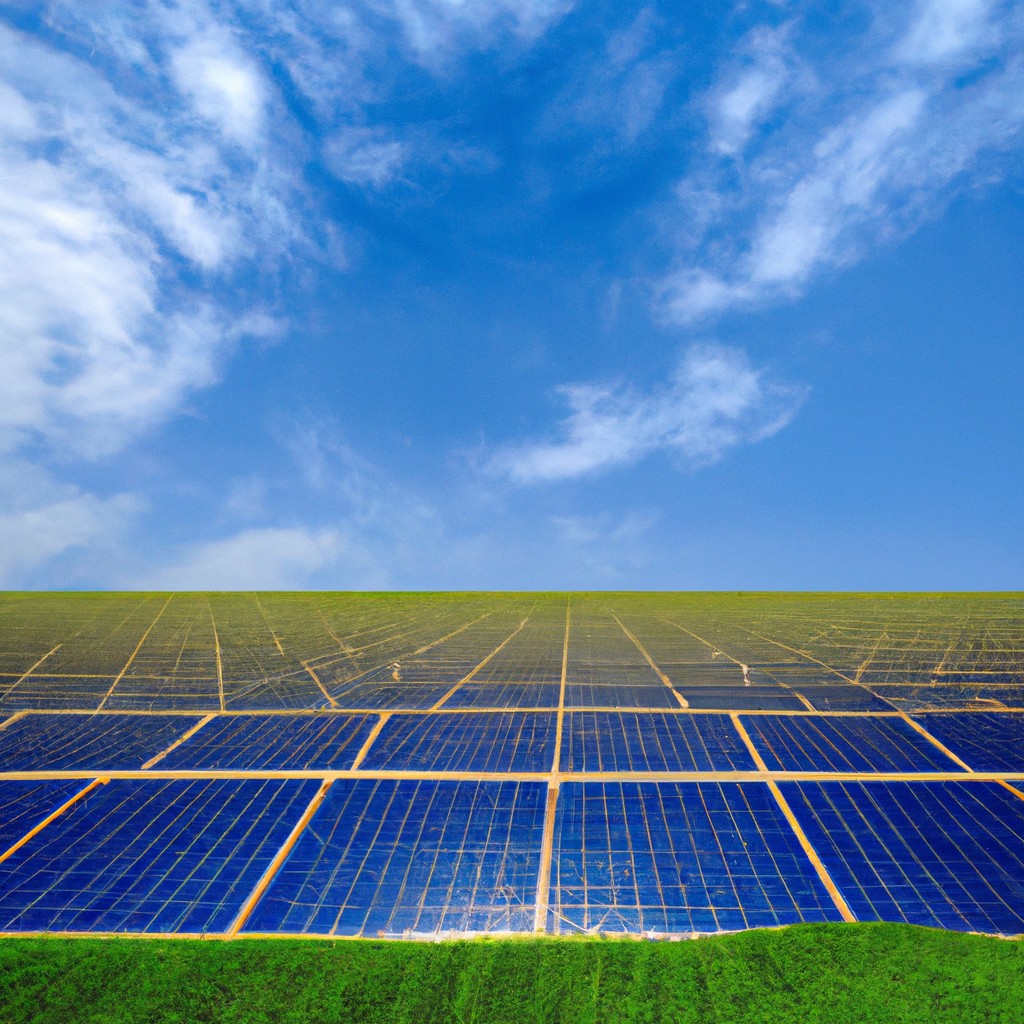In this how-to guide, you’ll learn the effective methods for cleaning your solar lights to ensure they continue to operate at peak efficiency.
Key takeaways:
- Clean panels and covers for maximum sunlight absorption
- Check batteries and wires for optimal performance
- Reconsider the location for optimal sunlight exposure
- Benefits include energy efficiency and increased property value
- Steps: routine cleaning, battery care, assess wiring, optimal placement, regular tests
Clean Panels and Covers

Regular cleaning ensures the optimal function of solar lights, as dirt, debris, and bird droppings can reduce their efficiency. Use a soft cloth or sponge and soapy water to gently wipe the panels and covers once a month.
For tougher grime, a mild detergent can be used, but avoid abrasive materials that could scratch surfaces. Rinse with clean water and dry to prevent streaks which can also obstruct light output.
Clear panels and covers allow for maximum sunlight absorption, directly impacting the amount of energy converted into electrical power for illumination at night.
Check the Batteries and Wires
Ensuring optimal performance of solar lights involves regular inspection of batteries and electrical connections. Over time, batteries may lose their ability to hold a charge, which necessitates their replacement to maintain illumination efficiency. It’s imperative to choose the correct type and size of the battery recommended by the manufacturer.
When examining the wires, look for any signs of damage such as fraying or corrosion that can occur due to exposure to the elements. Insecure connections might also impede the transfer of electricity from the solar panel to the battery. Tighten loose wires and replace damaged ones promptly. Always disconnect the power before handling wires to prevent any risk of electric shock.
Proper maintenance of batteries and wires ensures the uninterrupted function of solar lights and maximizes their lifespan.
Reconsider the Location
The performance of solar lights is heavily influenced by their location. Optimal sunlight exposure ensures that the solar panels can charge efficiently throughout the day. When positioning solar lights, consider the following:
- Avoid shady areas where trees, walls, or other structures may cast a shadow, especially during peak sunlight hours.
- South-facing locations typically receive the most sunlight in the Northern Hemisphere, whereas north-facing is preferable in the Southern Hemisphere.
- Ensure the solar panels are not positioned close to artificial light sources like street lamps as this may affect their ability to differentiate between day and night.
- Space the lights at regular intervals to provide consistent illumination and maximize coverage area.
- Periodically assess the location—changing seasons and growing vegetation can impact sunlight exposure over time.
The Benefits
Maintaining clean solar lights maximizes energy efficiency, ensuring they provide the brightest illumination possible. Regular cleaning reduces the amount of dust and debris that can accumulate on panels and covers, which can otherwise obstruct sunlight and weaken performance.
Additionally, clean solar lights maintain their aesthetic appeal, blending seamlessly into landscaping or architectural design. This not only enhances curb appeal but also increases property value. Keeping these fixtures in top condition also prolongs their lifespan, saving money on replacements and repairs over time.
Furthermore, well-maintained solar lights contribute to overall sustainability efforts by optimizing the use of renewable energy sources.
How It’s Done
Maintaining solar lights involves several straightforward steps:
1. Routine Cleaning: Use a soft cloth and soapy water to wipe down the solar panels and light covers. Ensure dirt, debris, or snow is removed to allow maximum sunlight absorption.
2. Battery Care: Open the battery compartment to ensure the connections are corrosion-free. If corrosion is present, disconnect the batteries and clean the contacts with a soft brush and an appropriate cleaning solution.
3. Assess Wiring: For solar lights with external wiring, inspect for damage or wear. Replace frayed or exposed wires to prevent malfunctions and ensure safety.
4. Optimal Placement: Ensure the solar lights are placed where they receive adequate sunlight – away from sources of nighttime light like street lamps which can confuse the light sensors.
5. Regular Tests: Periodically test the lights to ensure they are working correctly. Troubleshoot issues promptly to enjoy continuous service.
By performing these tasks, you extend the life of your solar lights and ensure they operate at peak efficiency.
Also Read:
- How to Clean Solar Lights: Simple Maintenance Tips for Brighter Gardens
- How to Charge Solar Lights Without Sun: Alternative Methods Unveiled
- How Do Solar Lights Work at Night: Understanding Their Functionality
- How Do Solar Lights Work: Understanding the Science Behind Solar Illumination
- How to Charge Solar Lights in Winter: Effective Tips & Techniques